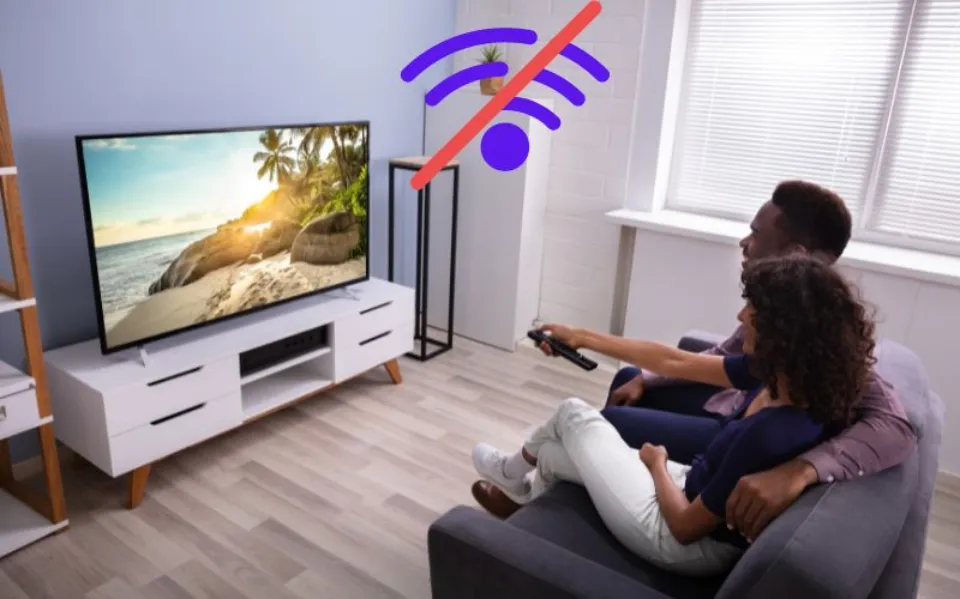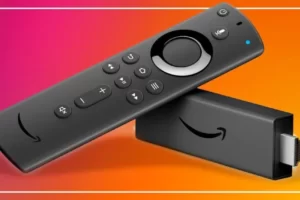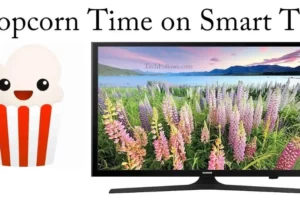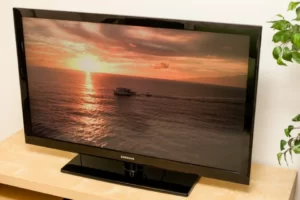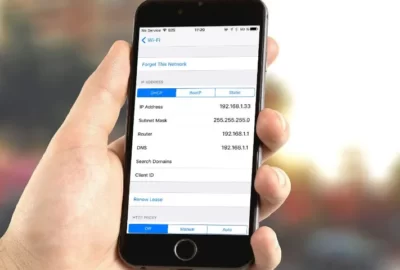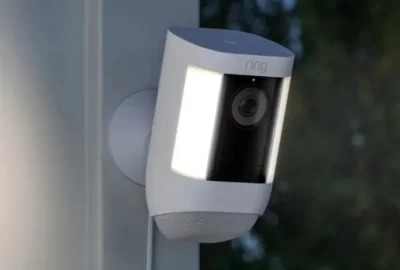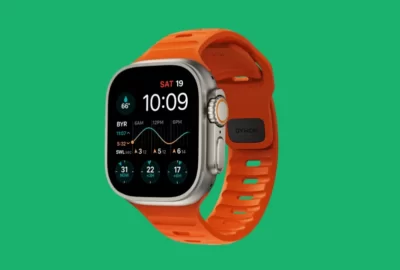Can You Use a Smart TV Without Internet? Answered
You can access some internet-based apps and features on smart TVs, which are the most recent advancement in television technology. But can you use a smart TV without Internet?
The answer is yes; a smart TV such as Samsung, LG, Vizio, and others will function just fine without internet connection.
However, you won’t have access to TV streaming services like Youtube TV, Fubo TV, or Sling TV, as well as streaming services like Hulu and Netflix.
Learn more about using a smart TV with the Internet by reading on.
Can You Use a Smart TV Without Internet?
A smart TV can work without an internet connection, but its features will be limited.
By setting the TV to receive local broadcast signals as well as Freeview in the UK and over-the-air (OTA) Digital Terrestrial Television (DTT) signals, you can use basic display functions and watch regular TV.
Consider tethering your smart TV to other devices, such as a gaming console, Blu-ray player, or a USB HDD storage device loaded with content, if you want to take full advantage of its features without Wi-Fi.
Be aware that some Smart TV apps and services might only work with an internet connection.
Netflix, Amazon Prime Video, and Hulu are likely to be unavailable. Even if you have a satellite or cable subscription, you must be online in order to use these services.
Learn more about using a smart TV without an internet connection and other options to make the most of your TV’s features when you’re not connected to the internet.
You Might Also Like: How to Connect Samsung Smart TV to Wifi?
Why Does a Smart TV Need Internet?
A smart TV needs an internet connection to download apps, stream media, and update software. You can use the smart features, like Netflix and YouTube, that you purchased at a premium if you have internet access.
Your smart TV can still be a flexible media playback and gaming display, though.
Alternative Solutions for Offline Smart TV Usage

Mobile Hotspot
You can access some online features by connecting your smart TV to the mobile hotspot on your phone, which offers limited internet access.
However, be aware that using data-intensive apps or streaming videos may use up a significant portion of your mobile data plan. You can limit background data usage on your smart TV or lower the video quality settings on streaming services to cut down on data usage.
AD
Screen Mirroring
You can use screen mirroring as a substitute for using a smart TV while it is offline by displaying the screen of your phone on the smart TV.
While you can play videos, show pictures, or present slideshows using this option, there are some restrictions, such as possible problems with aspect ratio, framerate, and general quality.
Before using this technique, make sure your phone and smart TV are compatible by checking to see if screen mirroring is supported on both.
You won’t require any internet at all if you have Apple Airplay. On the larger screen of your smart TV, you can use apps, view photos, and watch videos from other Apple devices.
Another choice for accessing content without an internet connection is Chromecast. A compatible device with the Google Home app installed is all you need.
Use An Aerial
Without an internet connection, regular TV channels can be viewed using an aerial or antenna, as was previously mentioned.
You can access free over-the-air broadcasts and Freeview in the UK by connecting a digital aerial directly to your smart TV.
With this connection, you have access to free channels like BBC One and ITV but not streaming services or other paid-for content like that available with a satellite or cable subscription.
Conclusion: Can You Use a Smart TV Without Internet
Smart TVs are designed to connect to the internet, but they can still function without it.
Smart features like downloading apps, streaming Netflix, voice control, and receiving software updates won’t work (at all) without an internet connection, but smart TVs can still play local content from USB drives or external hard drives and display content from connected devices.

